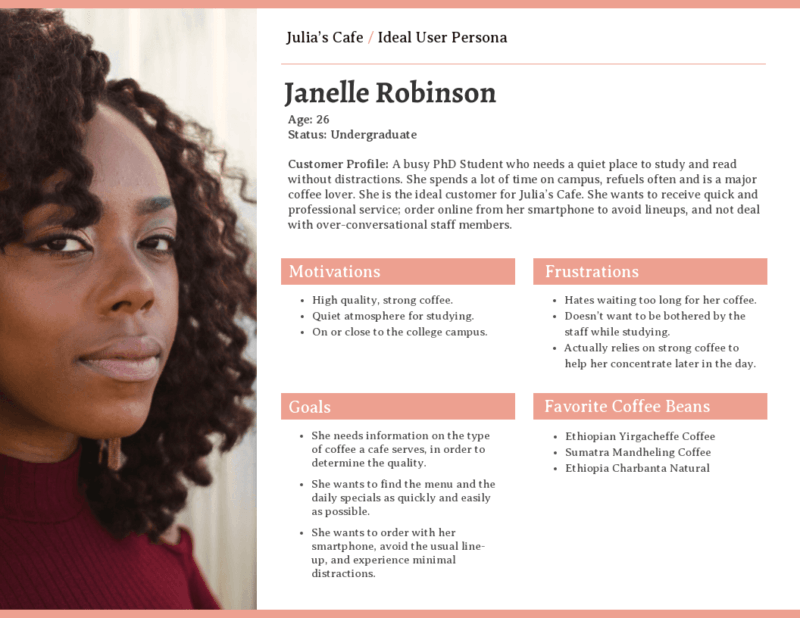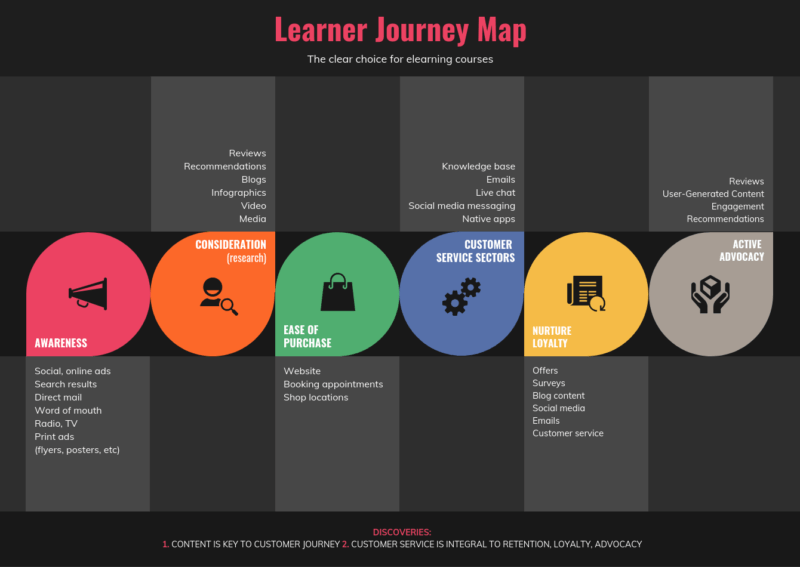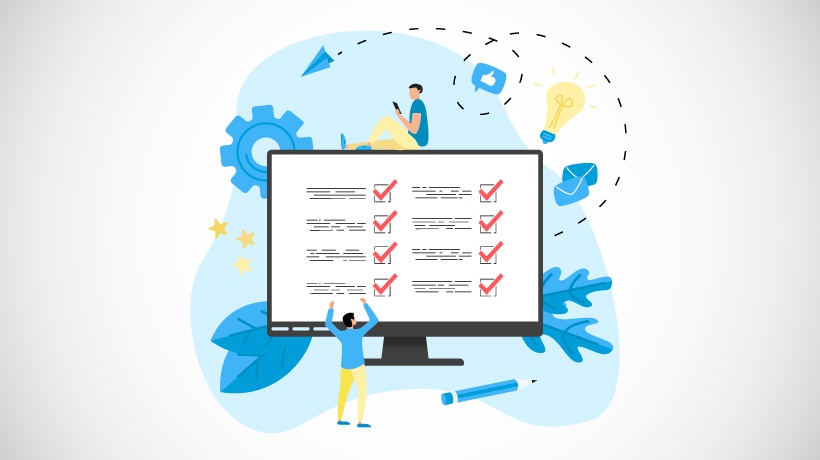Your Ultimate Guide To Content Mapping For eLearning
For marketers of eLearning platforms, creating content that converts is an absolute necessity, and that is why content mapping is such an important step. Content mapping can help marketers understand their audience and tailor content specifically for them so that they have measurable results to show in the company’s annual report.
Understanding Content Mapping In The eLearning Context
We generally associate content mapping with business marketing, but it has a large part to play in the field of eLearning, particularly in regard to personalization. As most eLearning practitioners know, not all learners are the same—they have different backgrounds and varying amounts of time to dedicate to learning. To understand how best to optimize the learning experience, you need to use content mapping to define the subjects your learners like and the best method of delivery. We look at how best to utilize the content mapping process as well as the major benefits.
Define Your Learner Personas
It is necessary for eLearning practitioners to create distinct learner personas that they can create targeted content for. This is an important part of market segmentation—dividing your audience into groups according to similar traits and needs. A few years ago, companies could get away with segmenting their audience by demographics, however, in the current content age, practitioners need to delve deeper. While age range and income are still aspects of learner personas that companies can examine, psychographic segmentation [1] is likely to have more of an impact on personalization. Studying the psychography of your learners tells you about their interests, their opinions, frustrations, social status, and online usage. Once you have that information, you can create 2-3 learner profile reports that will look similar to the below example.

It is best to limit your learner profiles to a maximum of three—any more than that and you will find yourself spreading the material too thin, with diminishing interest from learners.
Collecting the above information can also be a challenge for practitioners. However, there are a few methods for collecting this information, including:
- Surveys [2]—sent online via email or printed out to be physically distributed
- Personality quizzes
- Social media analytics
- Focus groups
Having collected this information, you will be well-placed to create distinctive learner personas.
Examine The Learners’ Journey
Knowing the kind of audience you should be targeting with your content is only one step in the content mapping process. What eLearning practitioners also have to do is understand their learners’ journey [3] from the moment they become aware of the eLearning course to when they actively tell others about it. There are 5 essential stages in the learner journey process, as you can see in the example below.

We elaborate on the stages below.
1. Awareness Stage
At the awareness stage, the company needs to create content that will inform their prospective learners of a problem or need that they have and provide them with a solution. For instance, if a prospective learner wants to improve their skills in customer service, you should be creating content that informs them on how they can do that. This doesn’t necessarily mean presenting your available eLearning opportunities for them to purchase—it is far too early to sell to them. In fact, if you go in with the hard-sell at this stage, you are likely to turn customers away, they don’t yet know whether they want to undertake a course at this point. Use your content to let learners know that options are available, this will relieve them of their frustrations, but without being overly sales-focused.
2. Consideration Stage
At this stage of the learner journey, your prospective learners have realized that they have an issue that needs a resolution. They will start actively looking for possible eLearning opportunities. It is at this point that companies need to make the most of their content marketing efforts. Propose your eLearning courses as the ideal solution for your prospects—hype up the user-friendliness of the course system, the accessibility, and the price point. Conducting competitive analysis will help you define how to best market your courses. This, in turn, will make your product look more attractive so that your prospective learners enter the next stage.
3. Purchase Stage
The purchase stage may seem like a one-point process—learners clicking the "buy" button—but it is more than that. You must optimize the actual process for purchasing the product—the eLearning course. Ensure that your prospects can easily click through from the content to the product purchase page, whether they are accessing the link from social media, email, or your website. The product page itself needs to be informative but not text-heavy, you don’t want your buyer feeling overwhelmed. Your purchase buttons should be clear. Highlight any sundry expenses and make the checkout process as smooth as possible. A difficult purchase will lose you customers, so examining the checkout system should be included in your content mapping process.
4. Loyalty Stage
The prospective learners have made the purchase—does this mean that the marketer’s job is done? No. There is still time to lose your learner between purchase and the actual start of a course—they may simply forget or prioritize other commitments. Send purchasers reminders via email as well as tutorials. Avoid sending them emails on a daily basis, optimizing email deliverability [4] will engage your audience better. Post messages on social media and offer customer support so your purchasers know that you are with them throughout the entire journey, and not just focused on selling to them.
5. Advocacy Stage
If you execute the first 4 stages well, the advocacy stage becomes a given. The purchasers will come back to your company to buy more courses, becoming repeat customers, who are more profitable for businesses than new customers. Also at this stage, the customers who know about your product and purchased it will tell others about it without incentive—they become advocates for your brand. Understanding these 5 stages of the learner’s journey is an essential component of the content mapping process and will help you personalize your marketing for your prospects.
Are you interested in more marketing resources like this article? Join our newsletter and stay updated regarding recent news.
Cataloging Your Existing Content
When undertaking content mapping, it would be a mistake to only look at the future of your content creation, you also need to examine your existing content. This is an important step in ensuring that you don’t create content that is contrary to what you already have or that is irrelevant to your audience, and to avoid duplication. Export a list of the content you have created on your website—ensure that content titles, the URL, date of publishing, tags, and traffic received are all noted. You may find that some of the content you want to work on has already been created, it simply needs to be updated.
On the other hand, you may come across content that is completely irrelevant, and you may choose to remove it entirely so you can focus your energy on creating something more timely. Another interesting outcome of content audits is finding niches that you hadn’t targeted before. Looking over what other did in the past will give you insight into the areas you missed.
These are the niches and angles that you can now target to reach the learner personas you have established. Auditing can be a time-consuming step, especially if you have a large amount of content on your site. However, it is necessary if you want to ensure that your eLearning blog SEO strategies [5] are getting you the brand awareness and purchases you need.
Are you interested in more marketing resources like this article? Join our newsletter and stay updated regarding recent news.
What Are The Benefits Of Content Mapping?
Now that you know the steps involved in content mapping, one question likely remains: is this process worth the time and effort?
As time-consuming as this elaborate procedure is, there are several benefits with content mapping:
- Creating learner personas helps you understand the audience that will be most receptive to your content.
- You will save time by creating targeted content that will lead to conversions, instead of designing broader content that will not be relevant to your core audience.
- Understanding the learner’s journey from awareness to loyal customer will help you target them when and how they need.
- Content auditing shows you what content gaps you can exploit and how you can freshen up existing content to make it more relevant.
You should undertake the content mapping process for all aspects of a company’s content plan—it is essential for personalizing your content for your learners and boosting loyalty.
References:
[1] Psychographic Segmentation: Definition, How To Use It, & Examples
[2] How to create an intranet evaluation survey
[3] The 4 Main Stages of the Customer Journey Map in Professional Services [Infographic & Video]
[4] Email Deliverability: The Ultimate Guide To Avoid The Spam Folder
[5] 10 Blog SEO Strategies to Get 584,958+ Readers Each Month (SEO for Bloggers) in 2019

